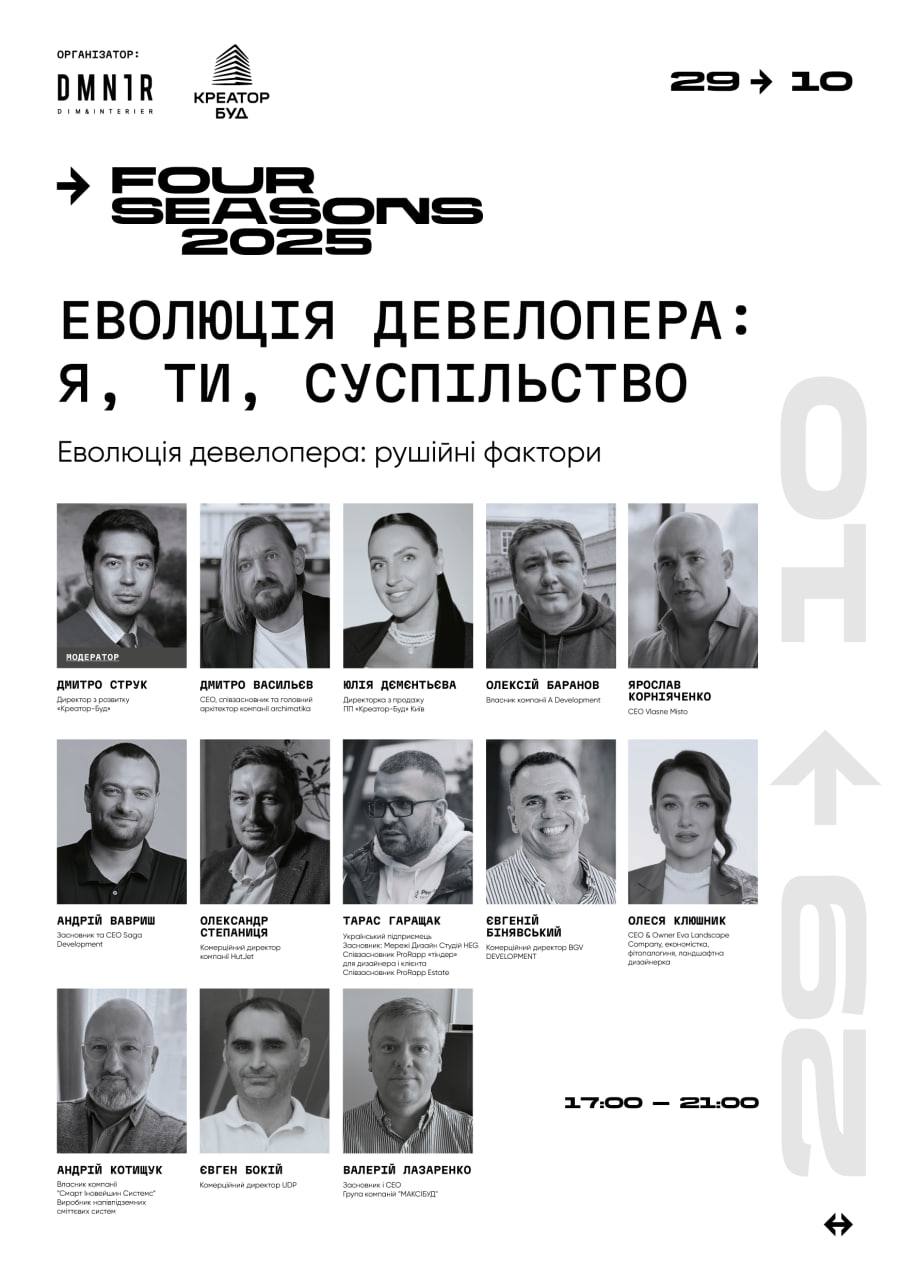
The Sukha Balka mine (Kryvyi Rih, Dnipropetrovsk region), part of Alexander Yaroslavsky’s DCH group, has started work on a new horizon of the Druzhba iron ore deposit at the Frunze mine.
According to a report in the DCH Steel corporate newspaper on Thursday, work on the block began on October 16.
It is specified that block 45-51 is located in the sub-levels of horizons -1210m and -1227m of the Druzhba deposit. It is noted that this is the first block of the new horizon to be developed using modern technology.
The block’s reserves amount to about 49,000 tons of high-quality raw materials. The average iron content is 61.22%.
It is expected that the block’s reserves will be sufficient for three months of stable operation.
The Sukha Balka mine is one of the leading enterprises in the mining industry in Ukraine. It extracts iron ore using underground methods. The mine includes the Yuvileina and Frunze mines.
The DCH Group acquired the mine from the Evraz Group in May 2017.

Liberty Finance Financial Company LLC (hereinafter referred to as Liberty Finance) has successfully completed the placement process and registered a report on the results of the company’s first ever bond issue.
The National Securities and Stock Market Commission (NSSMC) registered the report on the results of the issue of registered corporate discount bonds of series A. This decision is the final confirmation of the successful placement of securities among a pre-determined group of investors.
Liberty Finance has become one of the few financial companies on the market to take such a step, confirming its high level of capitalization, financial stability, and the trust of regulators.
“The successful placement of our first bond issue is a landmark event for Liberty Finance and a reflection of our reliability. To conduct the issue, the company underwent a thorough audit and confirmed to the Securities Commission that it has sufficient capitalization and financial standing. The NSSMC granted permission for the placement, recognizing us as a reliable issuer. This demonstrates the transparency of our activities and compliance with high regulatory standards,” the company said.
The issue is closed. The bonds were placed among a limited list of specified investors. They were issued with a par value of UAH 1,000 and a maturity date in 2028.
“The funds raised will be used to ensure the company’s successful operation. We are a systematic profitable business with decent capitalization, which allows us to ensure the repayment of all obligations on the issued securities. Our activities are fully compliant with the regulations of the National Bank of Ukraine, which exercises constant control, and the Commission has twice verified our reliability during the issuance process, which provides our investors with additional guarantees,” Liberty Finance said.
The successful issuance of Liberty Finance bonds is an important step in the company’s financial development and confirmation of its stability in the Ukrainian market.
Liberty Finance is one of the largest licensed operators in the currency exchange market. Its authorized capital is UAH 25 million, and its equity capital exceeded UAH 188 million at the beginning of 2025. According to the NBU, the company is one of the largest taxpayers in its segment.

The company CREATOR-BUD continues the series of events “FOUR SEASONS” — a series of professional meetings dedicated to the development of the development market, architecture, social transformations, and the impact of innovation on the urban environment.
On October 29, 2025, the next closed event in the series will take place on the topic: “The Evolution of the Developer: Me. You. Society. Driving Factors.”
The event will take the form of a live panel discussion, informal communication among industry experts, with a buffet and networking.
Time: 5:00 p.m. to 9:00 p.m.

To participate in the event, you must first register at: https://forms.gle/XohBDMaVGL38BLki8
Interfax-Ukraine — information partner

The Cabinet of Ministers of Ukraine has extended the provision on imposing special obligations (SO) on electricity market participants until April 30, 2026, Prime Minister Yulia Sviridenko announced.
“Electricity prices for the population will remain unchanged this winter. The government has extended the SRO for electricity until April 30, 2026. This means that during the heating season, citizens will continue to pay UAH 4.32 per kWh,” Sviridenko wrote on Telegram following Wednesday’s government meeting.
According to her, preferential prices for consumers with electric heating will also remain in place.
Thus, for consumption of up to 2,000 kWh per month, the price will be 2.64 UAH per kWh, and for consumption above the established limit, the price will be 4.32 UAH per kWh.
“This is part of a comprehensive program to support Ukrainians in winter. We are reducing the financial pressure on families during the heating season,” the prime minister added.
As reported earlier, the Cabinet of Ministers extended the validity of the provision on imposing special obligations (SOP) on natural gas market entities for gas supplies to domestic consumers, gas distribution system operators, “last resort” suppliers, and gas-fired electricity producers from October 31, 2025, to March 31, 2026.

Westinghouse is discussing with Energoatom the production of individual modular units for AP1000 reactors in Ukraine, particularly in the western regions, according to Dan Lipman, president of Westinghouse’s Energy
Systems business unit, in an exclusive interview with Interfax-Ukraine.
“We buy where we build. This means that Ukraine can start manufacturing some of the modules right now,” he said.
AP1000 technology involves modular construction, which reduces the time required to build units and allows for the localization of part of the production.

Six AP1000 reactors are in operation worldwide — two in the US and four in China — with another 14 under construction, according to Dan Lipman, president of Westinghouse’s Energy Systems business unit, in an exclusive interview with Interfax-Ukraine.
He added that preparations for the launch of AP1000 projects are underway in Poland and Bulgaria, with the signing of major contracts expected in 2026.
Westinghouse AP1000 technology is used in the US, China, Poland, and Bulgaria, demonstrating high safety and reliability.